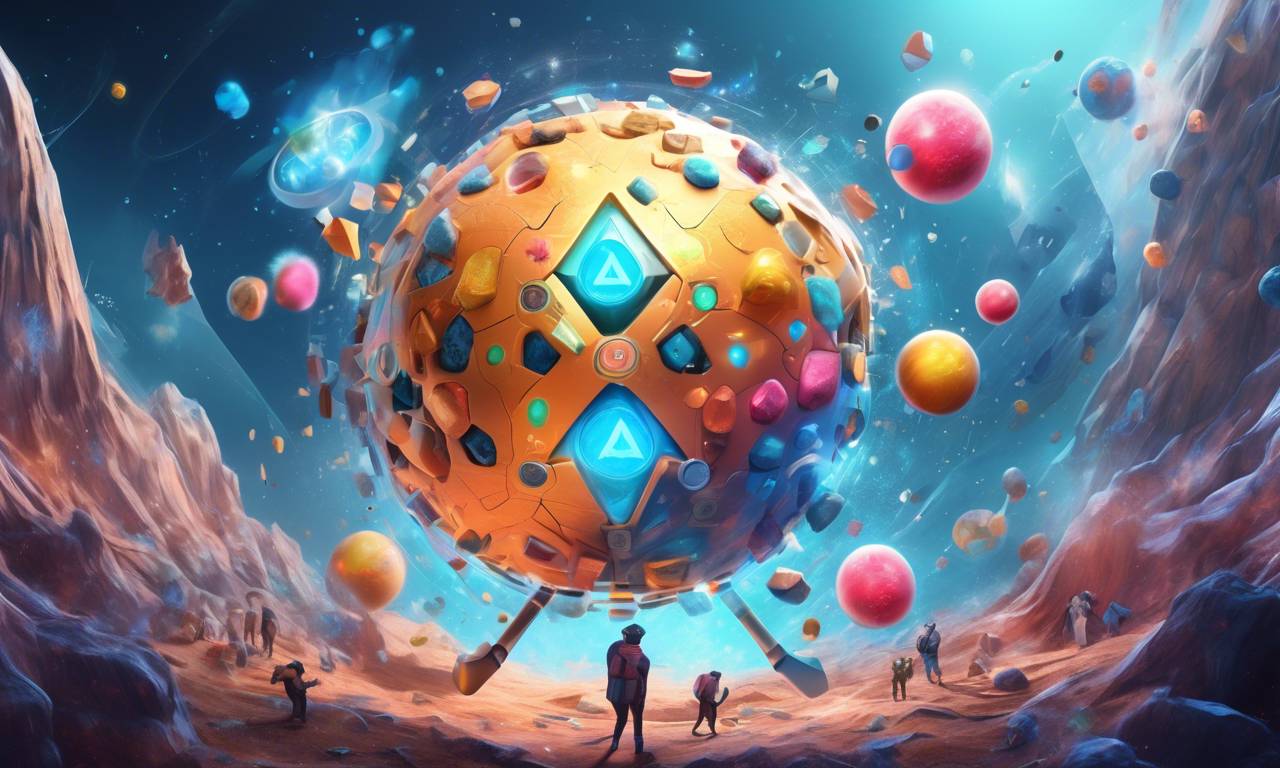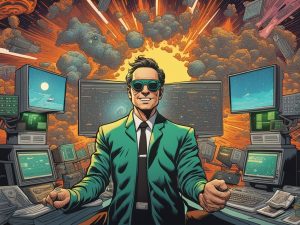Insights from AI Pioneer Geoffrey Hinton: Threats and Opportunities in Technology 🌍
This week, we engage with Geoffrey Hinton, recently awarded the Nobel Prize in Physics, renowned for his significant contributions to artificial intelligence (AI). He reflects on the burgeoning risks associated with this technology.
Understanding AI’s Evolution and Identity 📚
As viewers explore the complexities of AI, they are reminded that discussing technological advancements often requires an examination of human identity itself. With AI, an entity completely novel and currently beyond our complete comprehension, crucial questions arise: How does it relate to us as humans? How much of our identity is intertwined with it? Hinton mentions that while humans possess uniqueness, everything inherent in humanity can potentially be replicated using alternative materials.
David Westin hosts discussions on how AI, from a historical perspective, began around the 1980s with early implementations such as the Boltzmann machine. Hinton elaborates that, although it didn’t fulfill its intended purpose, it laid the groundwork for generative AI. The conversation shifts back even further to pioneers like Alan Turing and John von Neumann, whose thoughts in decades gone by framed the very essence of computation.
This Year’s Breakthroughs and Implications 🔍
Generative AI has indeed transformed the technological landscape. Hinton highlights major milestones, emphasizing the massive leap in language models, which can predict and generate contextually relevant text. Recent studies indicate that AI-driven models have reached a point where they can convincingly mimic human conversations. Observations from academia suggest that tools like ChatGPT are often mistaken for human respondents — a challenge humanity grapples with regarding perception and consciousness.
As artificial intelligence continues to evolve, discussions revolve around its varying stages of development. Hinton likens AI’s stage to that of a toddler, posing critical questions regarding its future growth, capabilities, and aspirations.
AI’s Reach: Creativity and Workplace Dynamics ⚙️
Central to the dialogue is the extent to which AI can replicate human creativity. Probing into its capabilities, Hinton insists that AI has surpassed many human endeavors, particularly in creative assessments — challenging beliefs around the uniqueness of human intelligence. For corporate structures, there’s conjecture surrounding AI’s potential to augment or replace roles like middle management or even CEOs, positing a scenario where AI acts as an intuitive assistant to enhance decision-making.
Yet, while there’s optimism about achieving great efficiencies and productivity, caution arises concerning job losses. Hinton expresses concern that while sectors ripe for augmentation may flourish, others could witness severe job displacement, revealing contrasting impacts on various employment sectors.
Geopolitical Tensions in the AI Arms Race 🌐
Outside manufacturing, Hinton voices alarm over the broader implications of AI in military applications. Anja Manuel frames this discussion, emphasizing the dual-use nature of AI and the pressing need for global cooperation to regulate potential dangers linked to autonomous weapons. The conversation highlights how nations are beginning to grapple with the balance of leveraging technology while preventing it from becoming a security risk.
Mexico’s Manufacturing Landscape: A Shift in Dynamics 💼
Shifting gears, we explore the evolving manufacturing landscape in Mexico amid global changes. David Westin provides insights into how U.S. companies reassess supply chains and manufacturing strategies, driven in part by tariffs and the economic landscape influenced by the ongoing rivalry with China. The narrative showcases how the shift toward nearshoring presents both opportunities and challenges for Mexico as it seeks to assert its industrial strength.
As companies relocate operations from China to Mexico, stakeholders like Baldwin Britton, CEO of Plastiexports, exemplify this trend, pointing out an increasing demand for locally produced goods. This momentum suggests a brighter future for the Mexican manufacturing landscape as it tries to fill market gaps left by overseas suppliers.
Hot Take: Future Considerations For AI and Economic Integration ⚡
The intricate tapestry of AI, alongside economic developments, raises vital questions about responsibility and regulation. As nations confront existential challenges posed by both, striking a balance between harnessing technology for growth while safeguarding humanity becomes essential. The integration of economies, particularly in light of Mexican manufacturing trends, provides a glimpse into a future interlinked by advancements in both technology and collaborative commerce. Consider the path ahead carefully — it’s shaped not only by innovations but also by the choices societies make in overseeing these advancements.





 By
By
 By
By
 By
By

 By
By